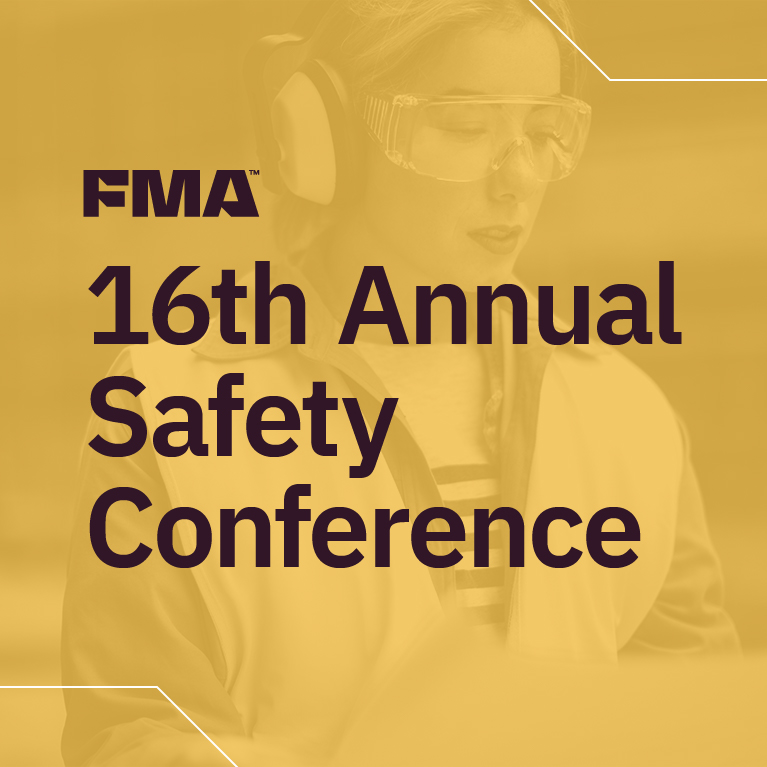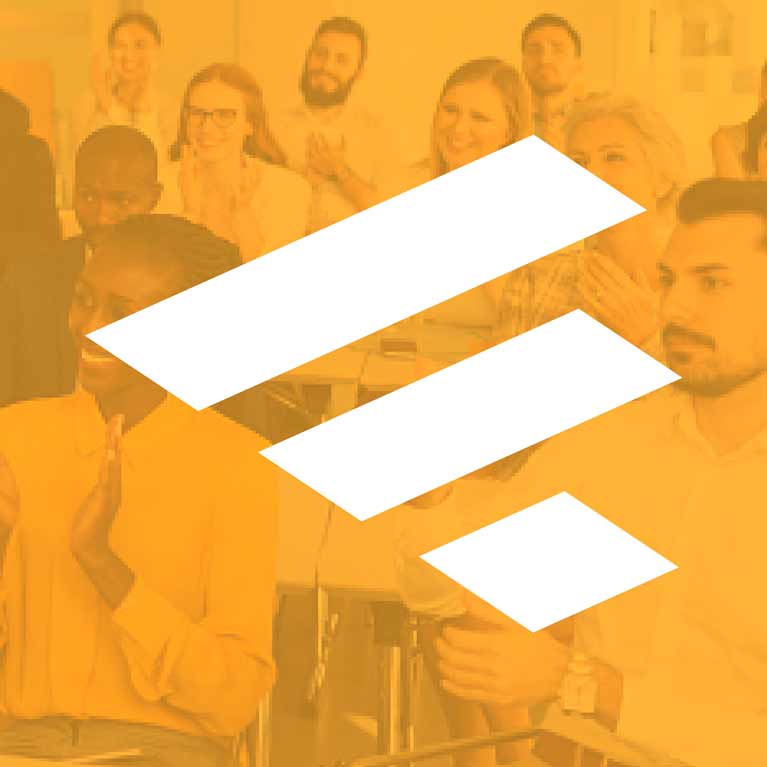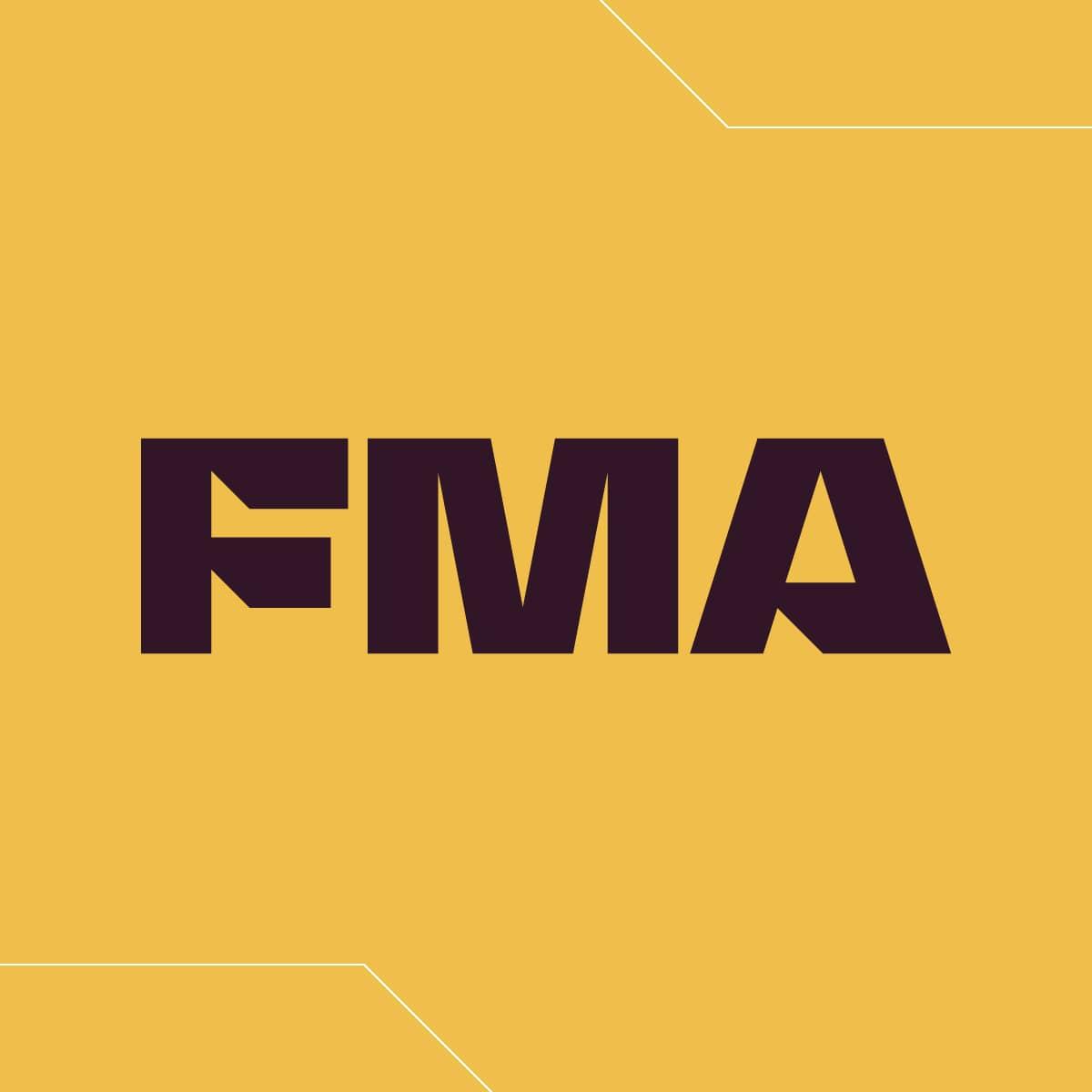Steelcase CEO James Hackett Describes Philosophy, Sustainability Strategy
By Kate Bachman | September 23, 2013
Category:Five years ago, I had the privilege of interviewing James Hackett, CEO of Steelcase. Hackett elegantly expounded on the company’s overall strategies and described his vision for sustaining Steelcase. He explained how the manufacturer’s century-long commitment to protecting the environment fits in to those strategies. Hackett envisioned being green as one means for companies to steel themselves for future economic tumult. Excerpts from that interview, transcribed here, are remarkably relevant today:
“Let me describe the macro concept because it governs the way I think about the company. It is this notion that I began pondering in the downturn in 2003. As these events come … you manage through them, you suffer through the implications … and
then you go back to normal. I was pondering that. And I felt like one way to enlighten myself was to ask the question, ‘Is the struggle of what businesses go through in downturns only economic-related, like a sales drop, or is it the contortions of trying to change to be more competitive?
“They seem different, but they might be the same. In other words, we witnessed what happened in the automotive sector–a lack of sales‑-but we knew before the sales dropped that something else wasn’t right.
“It’s a perversity that when you see something changing you think it’s just a flash or a temporary moment. The system that’s most dominant believes its virtues will keep it from ever being overtaken.
“There’s a second insight in that there’s a perversity that the same virtues that made you great are the ones that hamper you from seeing that you’re being overtaken. It can happen over a long time like natural or geologic cycles.
“Your grandmother would say ‘the only constant is change.’ And change is difficult. I was looking for more credibility about why that was. Why couldn’t we make change not be constant? Well, it’s because of mutation.
“So that led me to this micro concept that is already out there, that systems that are complicated clusters of activities go through a process of fitness to survive.
“Take a system like nature. Why does one type of species survive and another one die? In economic systems, why do bubbles occur? Why do some things create wealth and other things don’t?
“There is actually the same issue–if this is not too abstract–in geology. Tectonic plates moving is actually a consequence of something trying to survive, to be better at the other end. In nature and geology, these forces are millions of years of evolution.
“The economic model seems to be in a much tighter wave of fits and starts. I think the reason business is contorting so much faster in our lifetimes is because of globalization.
“This is a unique time in the world’s history. We just happen to be here. That’s a random event. Scientists call those accidents. The mutations are predictive, but then accidents happen. It’s just an accident that you and I were born in a time when trade structures evaporated. The internet was born and now we’re in a new world construct. That has put the industrial models in tremendous stress.
“So I adopted that as an explanation of what my job is; to take for a given that we live in a world that’s always searching for a better model. And you better get yourself ready. This is not just a moment that’ll pass. Get yourself fit so you can embrace it. We use the concept of the judo throw. Use the leverage of the problem to make you stronger. So that’s the underlying concept.”
Lean and Fit
“Lean thinking is a form of a more fit system. Fitness is the broader attribute and lean is a subset of fitness. It’s the same kind of metaphor, lean or fit, but fit means competitive. It means the ability to withstand the onslaught of another threat.
“Lean says you pursue a never-ending quest to make yourself more competitive. Fitness says that over time, more competitive models will surround you. They are both saying that competitiveness is at the core but a belief in fitness gets the executives ready. It’s a little more paranoid in the sense that either you get better or you get worse. You don’t stay the same.
“Being fit means you’re ready for globalization. You have to be more effective to compete in markets where the price points are lower.
“Fitness is in tension because what used to work may not matter as much. For example, I grew up with horsepower in cars. My kids are growing up with green. A more fit model for an automobile will be one that has horsepower and that is green to boot. To date, no one has really figured out how yet. We are designing products to be dissembled at the end of their useful lives, for cradle-to-cradle applications.
“We always felt that we were a highly responsible company in terms of the way we spent money, but we weren’t lean. We hadn’t thought through ‘How do you actually de-layer the complexity of what you are and take out all of the stuff that isn’t of high value?’
“Another truth, by the way, in this fitness model is that it’s never absolute. The factory model that Steelcase utilized could still help us in some customer situations. In fact, we miss it at times. But over the long haul we would be at risk if we didn’t convert to the new order of things.”
Work, Mobility Trends
“Work is no longer defined as a place you go to but a thing you do. Work and place connect in the fact that globalization is an underlying aspect of that. There is never a sunset on work because the world is always sunny somewhere. That means that your business could be active in those places where the sun is up. We have to make it easy for those people at distances or who are mobile and nomadic to be able to be productive wherever they are.
“That’s changed the way people work. You used to have to come to a workstation because your phone and your computer were actually docked there. They were plugged in. You had to go there in order to have the interaction. It’s changed now. You can carry your mobile device. I don’t have to go to my office. In fact we can sit in this booth and have as much relevance as we might need.
“So that stressed us in in the sense that the most fit model for work now isn’t about the most horsepower at your work station. It is about the most horsepower that can be mobile and easy to use.
“We looked at the social difference between individuals, groups and teams: I and we; fixed and mobile. An I/fixed workstation is your cubicle. I/mobile is your mobile device. We/fixed is a conference room. We/mobile is telepresence, which we are using now as a way to communicate with a design team in Palo Alto.
“So we had to respond to that. For example, we decided to build spaces inside corporations where mobile workers could gather, in addition to spaces outside offices, to position for the in-between spaces for people. We developed Work Spring, a conference center, in a remote location outside of the city.
“So that pursuit of fitness is the underpinning of what we believe. And it’s working. We’re ready for the next downturn because we’ve actually started thinking about being more fit beforehand.”
To read how Steelcase became more fit in its metal pretreatment finishing operations, read “Steelcase shrinks water, energy, cleaners use in the wash” in the Sept./Oct. issue of Green Manufacturer.

Side by side, we move metal fabrication forward.
FMA unites thousands of metal fabrication and manufacturing professionals around a common purpose: to shape the future of our industry, and in turn shape the world.
Learn More About FMA


